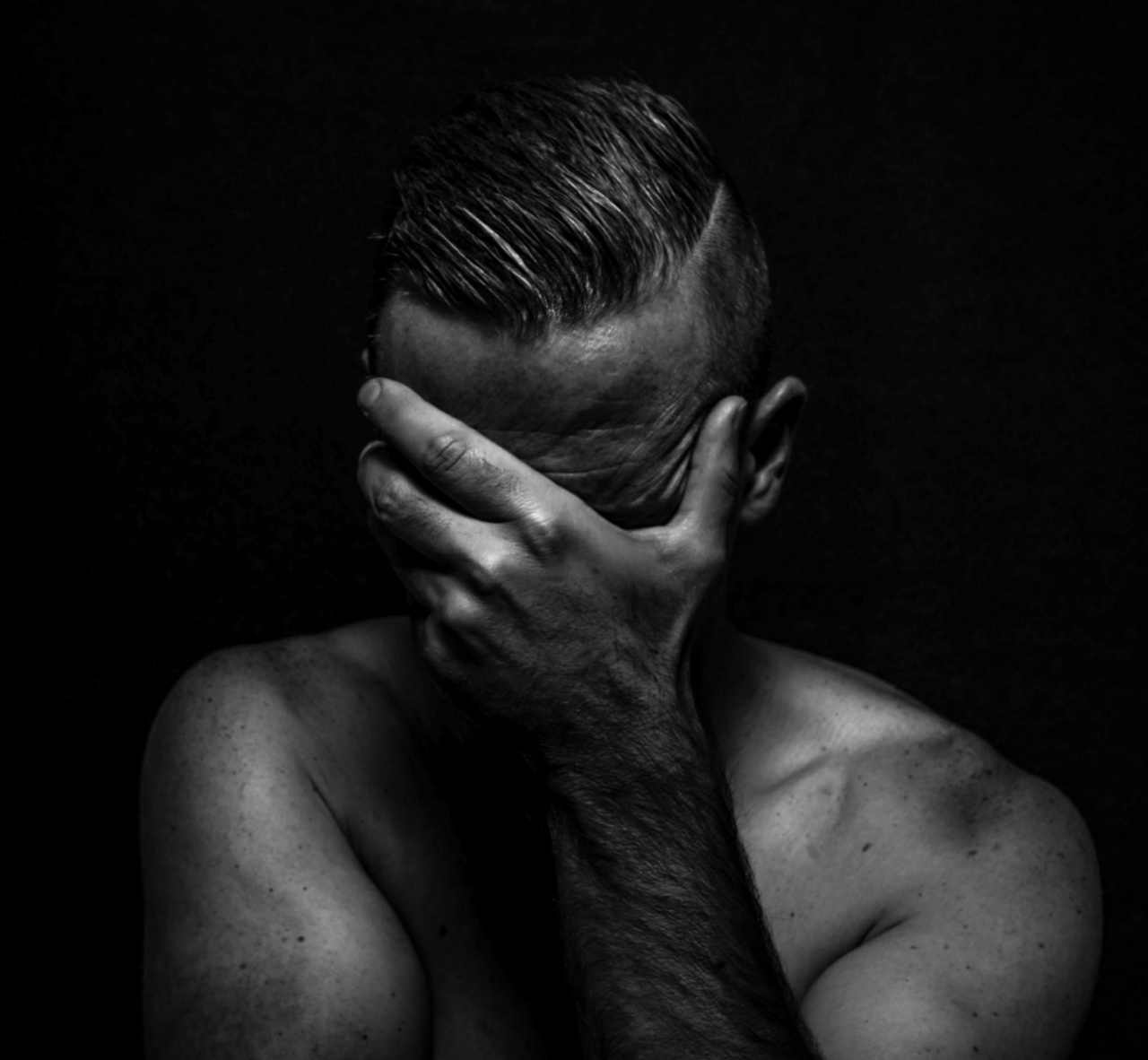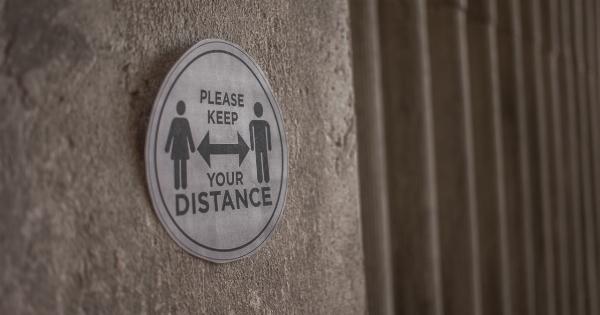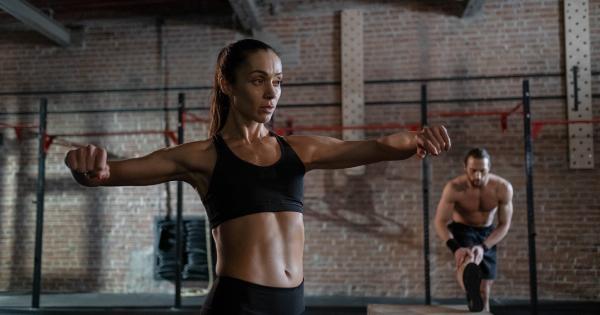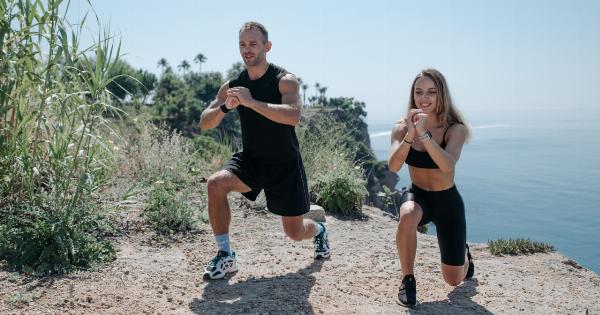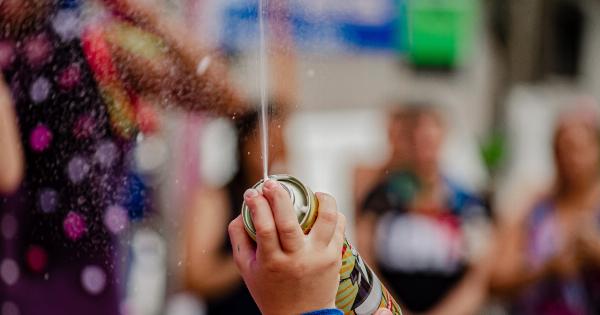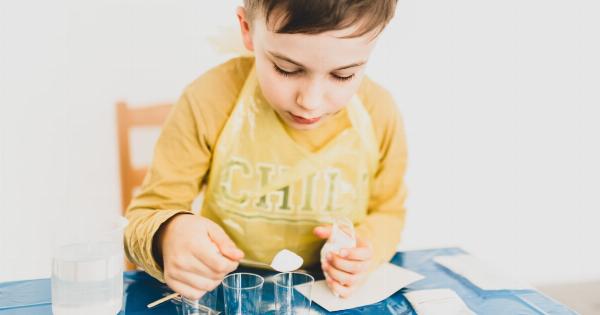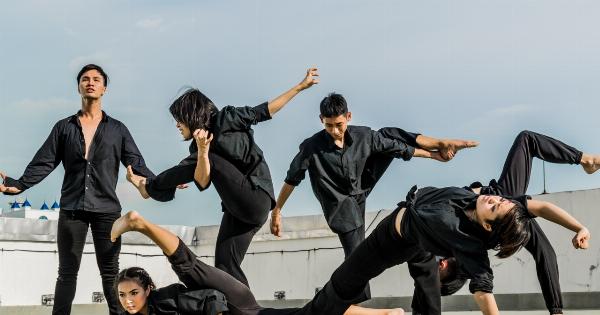Depression and anxiety are two common mental health conditions that can have a significant impact on a person’s quality of life.
While medication and therapy are often recommended for managing these conditions, exercise can also be an effective tool in alleviating symptoms. Engaging in physical activity not only improves physical health but also boosts mood, reduces stress, and increases self-confidence. In this article, we will explore five creative ways to exercise that can help alleviate depression and anxiety.
1. Dance Therapy
Dance therapy is a powerful form of exercise that combines movement with emotional expression. It involves using dance and movement to improve mental and emotional well-being.
Music is a significant component of dance therapy, as it can evoke emotions and enhance mood. Engaging in dance therapy releases endorphins, which are known as “feel-good” hormones. This form of exercise not only helps in reducing symptoms of depression and anxiety but also improves self-esteem and body image.
2. Outdoor Activities
Spending time in nature has a profound impact on mental health. Outdoor activities such as hiking, swimming, or cycling not only provide physical exercise but also offer a sense of tranquility and connection with the natural world.
Being in nature can reduce stress, improve cognitive function, and boost mood. The combination of physical activity and exposure to nature is an excellent way to alleviate symptoms of depression and anxiety.
3. Yoga and Meditation
Yoga and meditation are ancient practices that have been shown to have numerous mental health benefits. The combination of gentle movements, deep breathing, and mindfulness can help reduce stress, calm the mind, and promote relaxation.
Regular practice of yoga and meditation can enhance emotional well-being, improve sleep quality, and increase self-awareness. These practices can be done in the comfort of your own home or in a group class setting.
4. Team Sports
Participating in team sports not only provides exercise but also offers an opportunity for social interaction.
Engaging in activities like soccer, basketball, or volleyball allows you to meet new people, develop teamwork skills, and build a support network. The social aspect of team sports can be beneficial for individuals experiencing depression or anxiety, as it provides a sense of belonging and camaraderie.
Additionally, the physical aspect of these sports stimulates the release of endorphins, improving mood and overall well-being.
5. Martial Arts
Martial arts training offers a unique form of exercise that combines physical movements with mental discipline. Practicing martial arts can improve strength, flexibility, and coordination while also enhancing mental focus and resilience.
The structured nature of martial arts provides a sense of routine and purpose, which can be especially helpful for individuals dealing with depression or anxiety. Learning self-defense techniques and setting goals within martial arts can also boost self-confidence and self-esteem.
Conclusion
Exercise is a powerful tool for alleviating symptoms of depression and anxiety. Incorporating creative forms of exercise into your routine can not only improve physical health but also enhance mental well-being.
Whether it’s dance therapy, outdoor activities, yoga and meditation, team sports, or martial arts, finding an exercise that you enjoy and that aligns with your interests can make a significant difference in managing depression and anxiety. Remember to consult with a healthcare professional to determine the best exercise routine for your individual needs.
